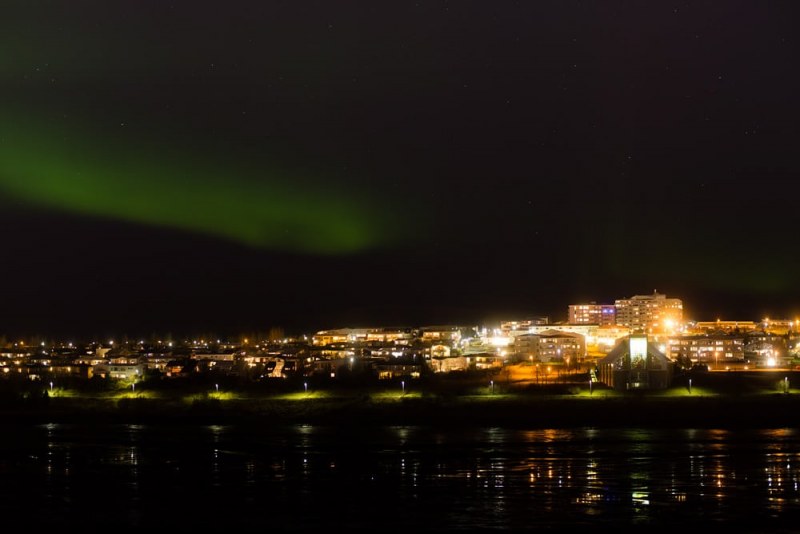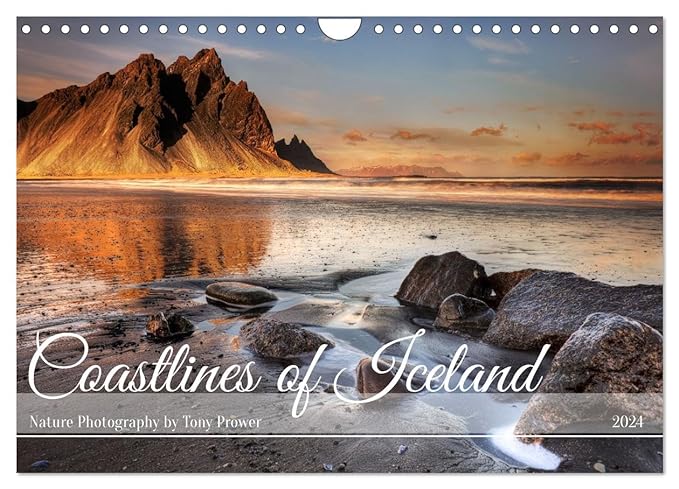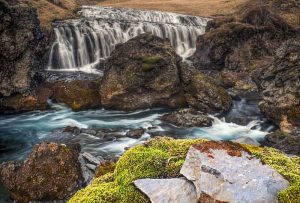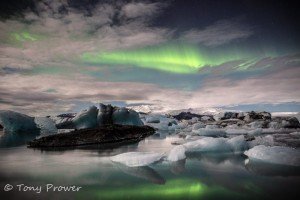I constantly advise photographers to get out of the city and away from the city lights to get the best northern lights photographs, but that is not always possible. Sometimes there are great Aurora Borealis conditions when you are stuck in the capital. This article discusses my attempts to photograph Northern Lights over a suburb of Reykjavik. The suburb is called Gravavogur (Cemetery district) and is the suburb in which I moved to in 2004.
Reykjavik
Being a purist nature landscaper, I tend to avoid photography anywhere near Reykjavik – even though Gravavogur is where I learned my craft. I constantly advise photographers to get out of the city and away from the city lights to get the best northern lights photos. But, seeing as I am here, I thought I would tackle the challenging conditions and try to photograph the northern lights near my home in the capital of Iceland. My experiment took place on the half way point of my regular daily walk. I am sitting amongst pine trees and sea birds just off the rough footpath that circumnavigates the sea inlet at Gullinbru. I am looking across the creek towards Gravavogur church.
Dynamic Range issue
Here is the problem…

HDR Merge
One solution is to simply take 2 exposures with a view to merge the exposures into one photo. This is known as HDR (High Dynamic Range) photography which became popular as Digital Cameras and editing software improved.


Photo Merge
Merge the two exposures together in photoshop to produce a Northern Lights Photo with a High Dynamic Range.

The result is quite pleasing, but you might want to attempt to get both elements exposed correctly in a single frame, i.e for competition purposes.
Magic Cloth
Using the Magic Cloth in this situation is almost the opposite of using it in the nature, where photographers struggle to expose the unlit foreground. Here, the Aurora is dark in comparison with the street lights, so the cloth needs to cover up the bottom of the image quickly and allow the sky a little longer. I experimented with various techniques…

In this shot I covered the whole lens very quickly after the onset of exposure (split second), then carefully lowered the cloth to about the mid way point to give the sky a little more exposure. The result is maybe not as powerful as the HDR, but it was achieved in a single exposure.

























